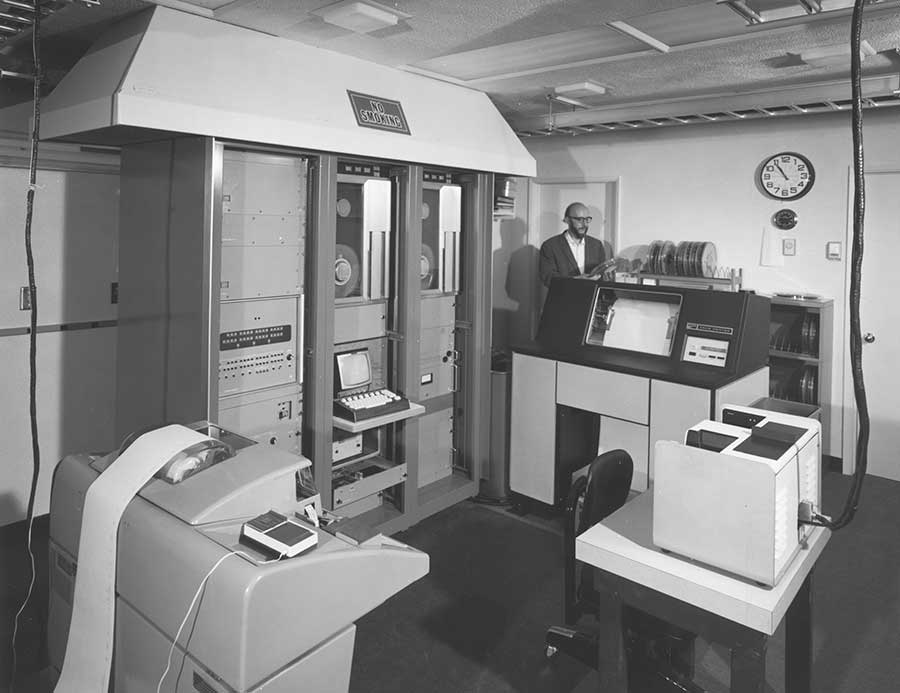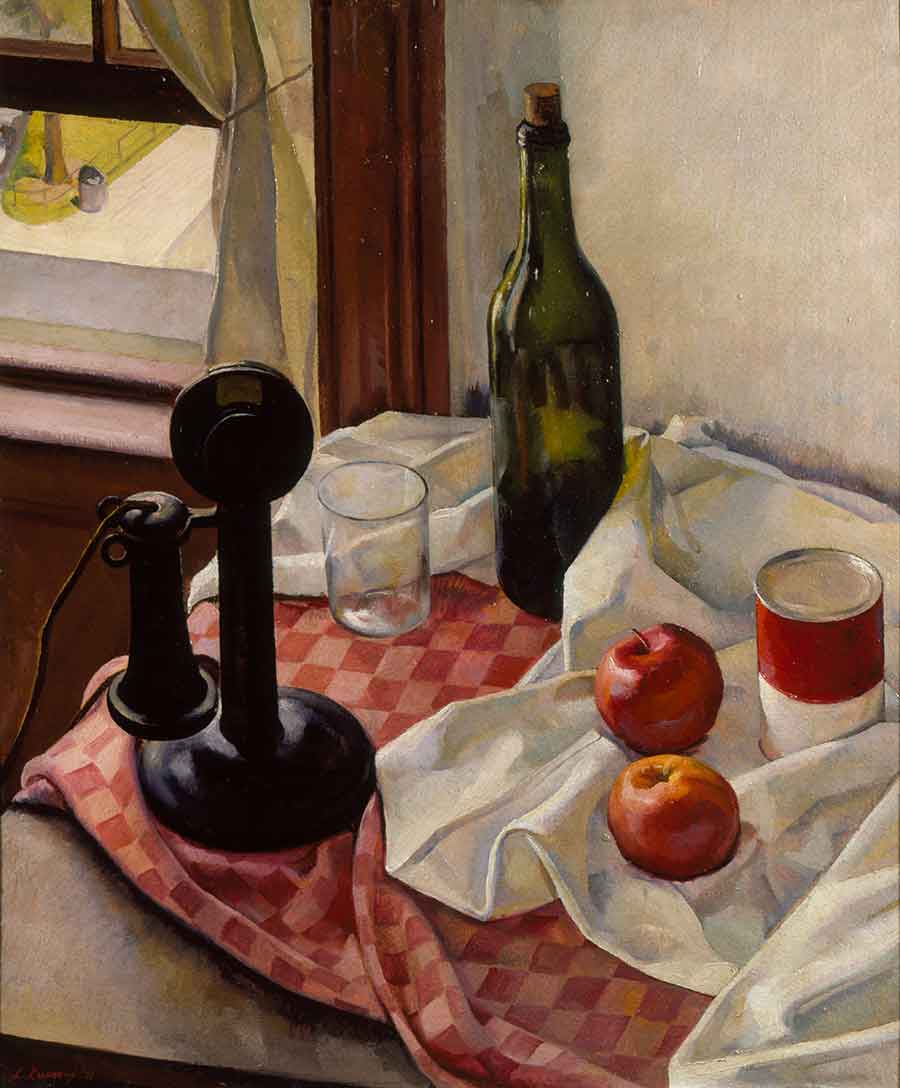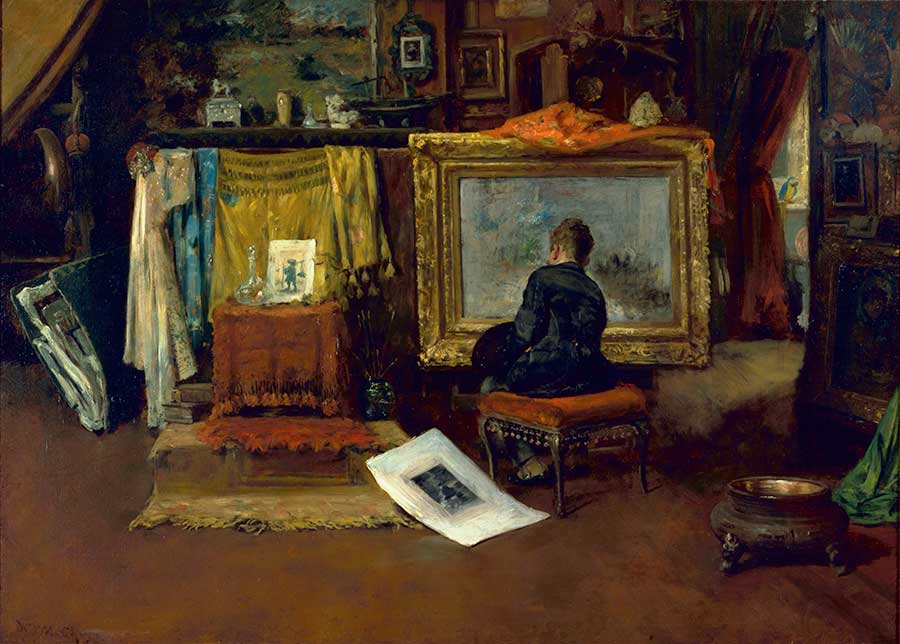The Huntington’s blog takes you behind the scenes for a scholarly view of the collections.
Artificial Lives
Posted on Wed., Jan. 20, 2021 by and

Computer room for the 150-foot tower telescope, Mount Wilson Observatory, ca. 1974. Image courtesy of the Observatories of the Carnegie Institution for Science Collection at The Huntington Library, Art Museum, and Botanical Gardens.
The notion of the artificial is necessarily understood in concert with the linked notion of the natural and thus the boundary between what is found and what is made. The idea of artificial lives immediately prompts images of manufactured beings and thus the difference between human and nonhuman life, a distinction that perhaps seems obvious but yet is not. Advances in science and technology have radically altered the way we conceive of and study life, such as the shift toward studying life at the molecular level of interaction through epigenetics and synthetic biology to the new centrality of notions of thinking and decision making as the fundamental basis of agency in recent work in artificial intelligence and robotics.
The line between artificial and natural life, as well as that between human and nonhuman life, has become less clear. Western cultures are at a moment of profound change, driven by technological development, regarding our understanding of “life” and “human”; the exchanges among scholars at our virtual Huntington conference on Jan. 21 and 22, “Artificial Lives,” will illuminate and investigate this change, as we discuss how to orient future research regarding the study of the nature, origin, and limits of human knowledge in its light.

Luigi Lucioni, Still Life with Telephone, 1926, oil on board, 24 x 20 in. (61 x 50.8 cm.). Purchased with funds from the Art Collectors’ Council and the Virginia Steele Scott Foundation. The Huntington Library, Art Museum, and Botanical Gardens.
For example, research on animal behavior and the microbiome have eroded the grounds by which we used to distinguish humans from other animals and confronted us with the recognition that our lives and health are dependent upon the ecosystems in which we live, as well as on the microbes for whom we are the ecosystem. The global pandemic of 2020 has made such entanglements inescapably visible, and it demands of us more complex ways to think about how human bodies are embedded in larger ecosystems, and how disruptions in habitats can have far-reaching consequences.
Advances in prosthetics, synthetic biology, and transplantation surgery have raised questions about the fixity of a specific human form and structure: for example, should a prosthetic limb mirror the design and function of a biological one, or might we instead invent new forms of human embodiment? What can or should “normal” mean in such a context, and how might we be equally attentive to the possibilities for new (perhaps enhanced) human embodiment alongside remaining sensitive to the perspectives of disability studies, which remind us that the range of human embodiment and abilities already exceed some abstract “norm”?

William Merritt Chase, The Inner Studio, Tenth Street, 1882, oil on canvas, 32 3/8 x 44 1/4 in. (82.2 x 112.4 cm.). Gift of the Virginia Steele Scott Foundation. The Huntington Library, Art Museum, and Botanical Gardens.
Qualities of liveliness and decision-making are increasingly apparent in such nonliving entities as software agents and robotic devices, with which we often form very intimate and affective relationships, and with which we are becoming intensely involved, whether in self-driving cars, digital assistants, or artificial intelligence diagnostic agents. What does “artificial” mean in this context? Or, for that matter, what defines “life”?
The related term “artifice” explains the interest in aesthetic cultures that inform many of the papers that will be presented at our conference. The word captures the doubled sense of the relationships between the natural and the artificial that we will interrogate in our discussion. Artifice can convey both a negative sense of trickery and deceit that adheres to the idea of the artificial as an inferior copy of the real, but at the same time artifice can be a term used to describe aesthetic style. Some usages of the word emphasize the skill of craftsmanship or stress the ingenuity and cleverness of the design of such artificial objects as early automatons.
Our event will engage with a similar doubleness in the idea of artificial lives—lives that are different from natural or “real” life in ways we might understand as either deteriorations or improvements, or perhaps as complex enchantments of both.
Sherryl Vint is professor of Media and Cultural Studies and of English at the University of California, Riverside.
Peter Boxall is professor of English in the Department of English at the University of Sussex.